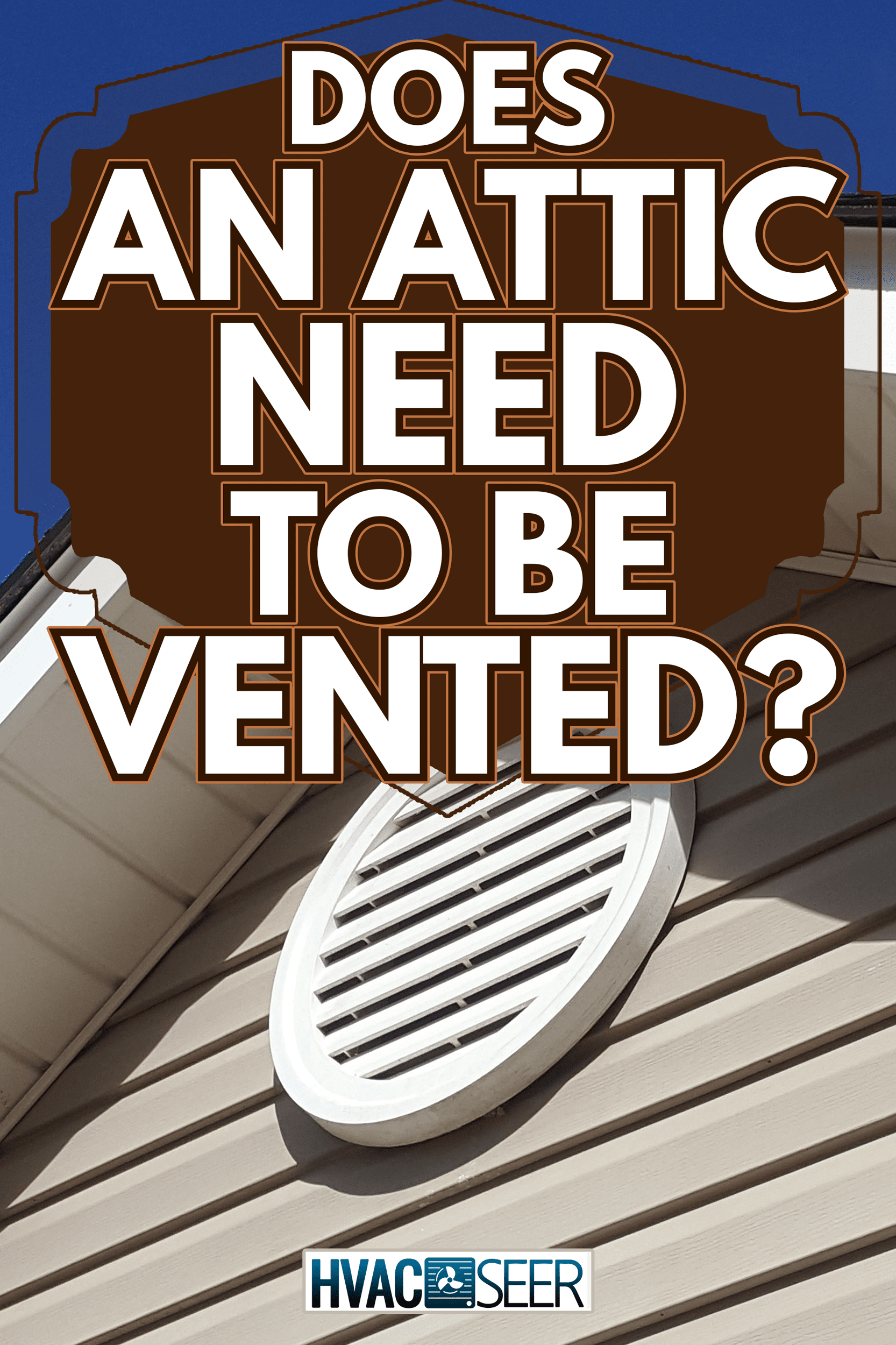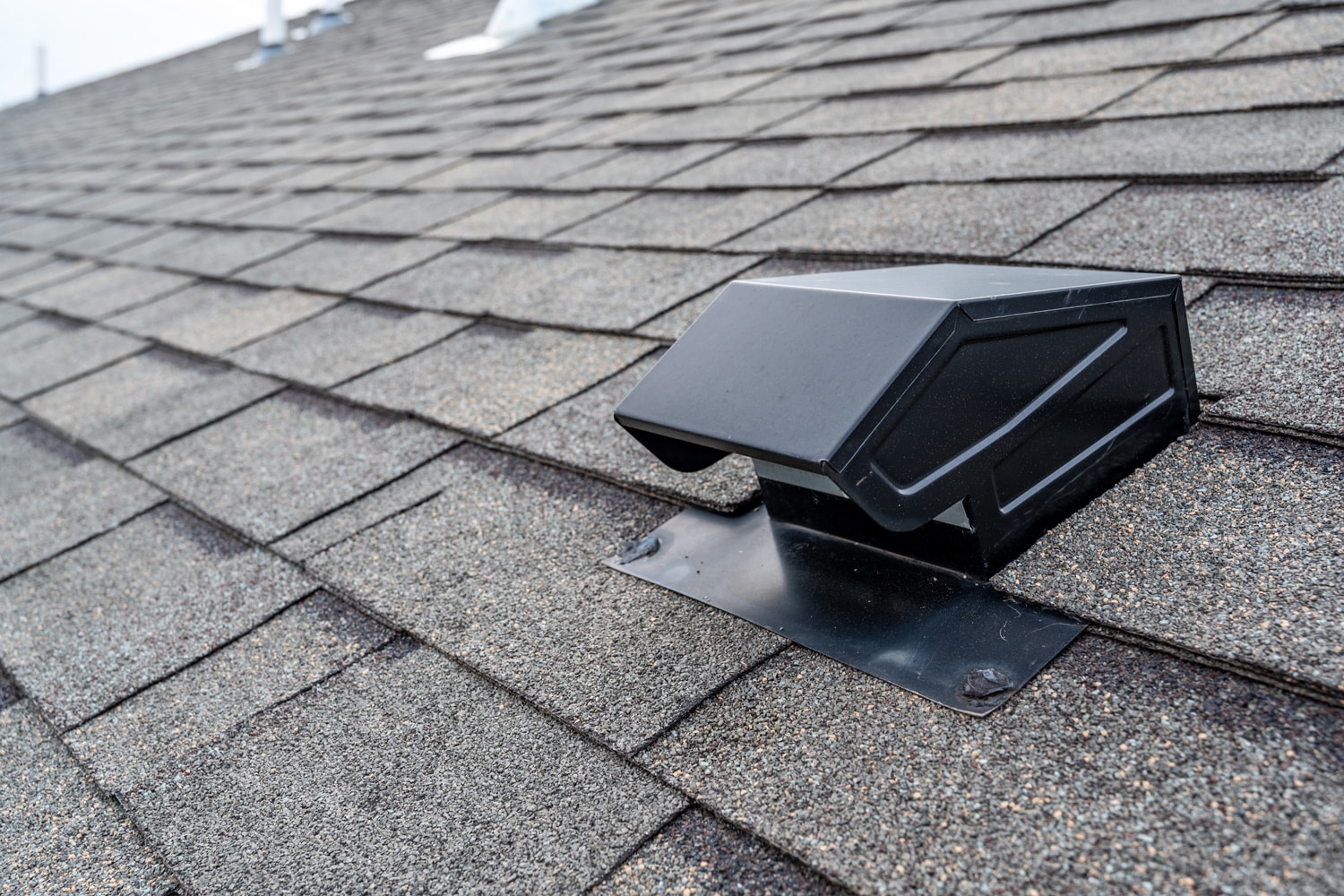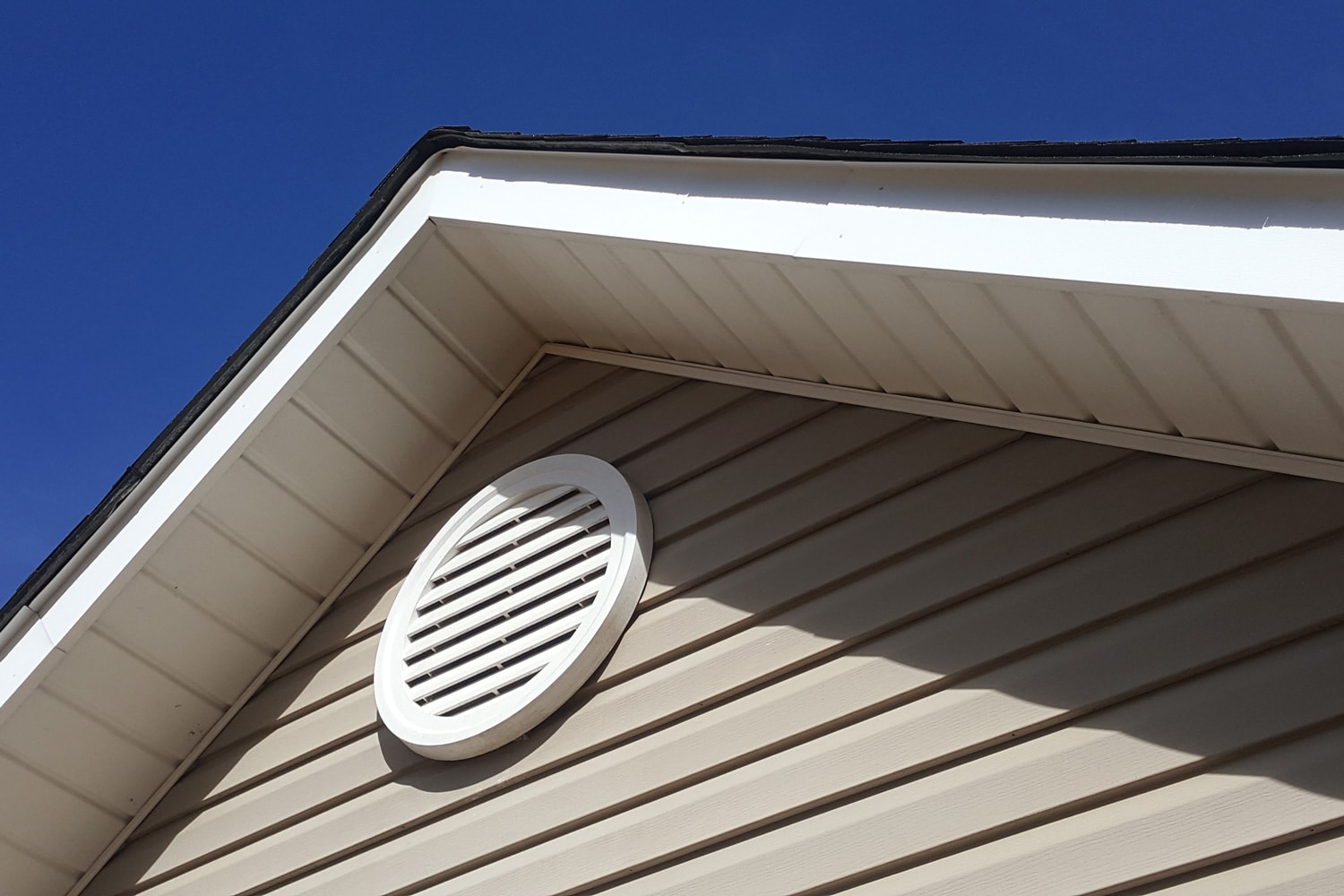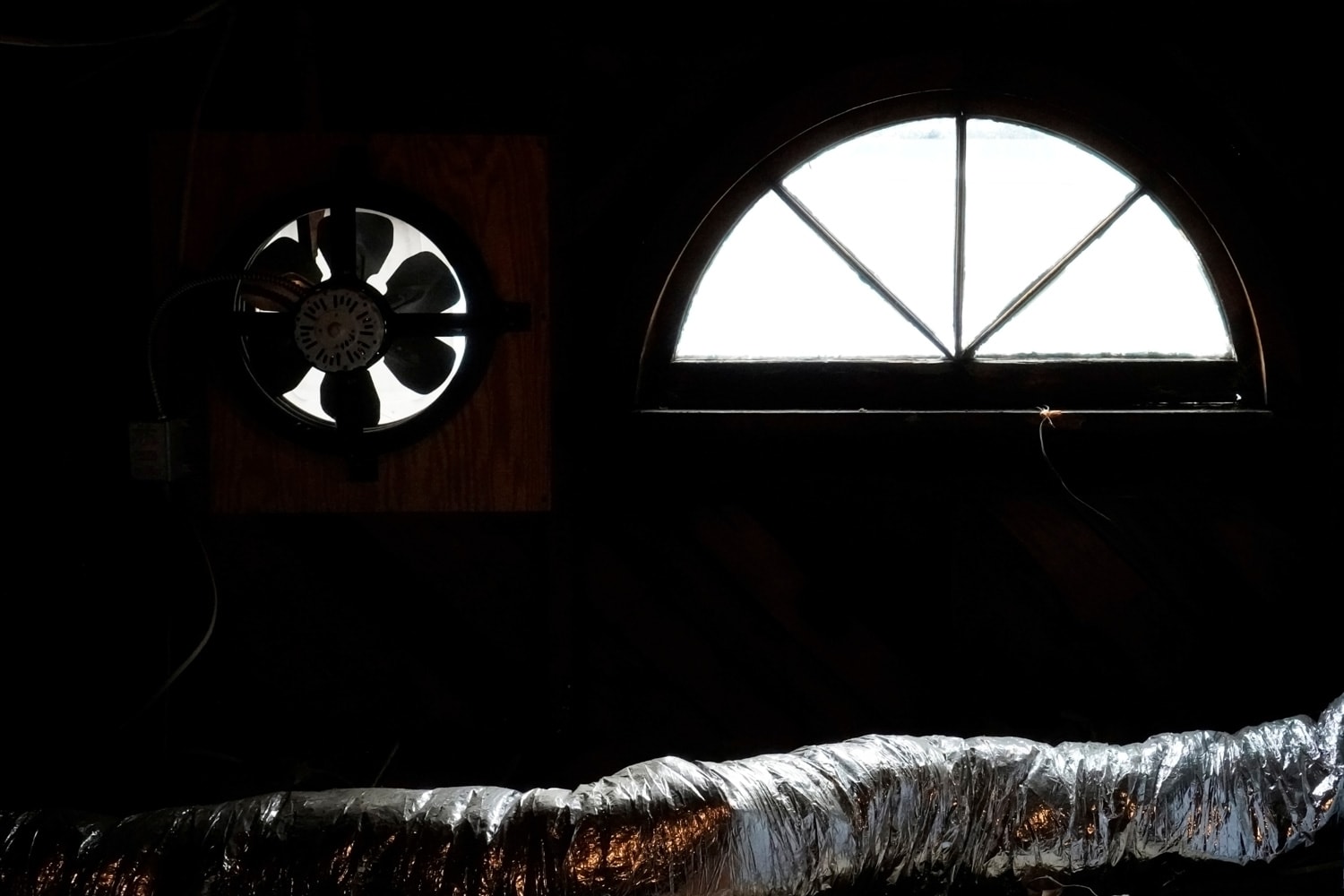Ventilation helps control moisture content in your home while getting rid of odors and other pollutants. But does an attic need to be vented? We consulted the experts, and here is what we gathered.
Yes, an attic needs to be vented as this improves your home's energy efficiency, protects its structural integrity, and improves your roof's lifespan. Proper attic ventilation ensures continuous air circulation in the space, which helps to keep excess moisture and heat in check.
You now know that an attic needs to be ventilated. Dive in as we elaborate more on why attic ventilation is important. We will also discuss how you can identify improper attic ventilation and shed light on ways to improve attic ventilation. Without further ado, let's get into it.

Importance of Attic Ventilation

Attics often provide extra storage space. Attics also help regulate indoor temperatures in your home because they provide a large mass of slowly moving air. Additionally, a dry and well-ventilated attic bars mold growth in the attic and the living space below.
Energy Efficiency
Vents in the attic capitalize on the difference in air density to facilitate air circulation. Because warm air has a lower density, it rises and is ejected from the attic. On the other hand, the denser and cool outdoor air gets in.
The vents allow for air movement, which prevents creating a super-heated environment. In the absence of air movement, the sun would heat the air in the attic. If the attic is poorly insulated, this heat will move to the rooms below the attic, causing your AC to work harder to cool your home.
Structural Integrity
Proper attic ventilation facilitates moisture elimination from the attic. Activities such as showering, cooking, and drying clothes can generate excessive moisture that can get trapped in the attic. If this moisture builds up, it can condense, causing wooden structures to rot.
Condensation can also deteriorate the effectiveness of insulation in the attic, resulting in higher energy bills as you try to maintain a comfortable temperature in the home.
If the attic is super-heated, the heat warps the wooden framing in your attic. Consequently, walls and door frames can also become deformed. In addition, the heat can also transfer down the wall, blistering your paint and wallpaper.
Roof Maintenance
The trapped hot air transfers heat back to the roof in a poorly ventilated attic. This heat scorches the roof shingles, essentially frying them, thus shortening their lifespan.
What are the signs of improper attic ventilation?
Improper attic ventilation exhibits itself in various ways.
What To Look Out For
The following are signs you shouldn't ignore:
Surging Heating And Cooling Costs
Higher bills are a likely consequence of damaged insulation, which then loses its effectiveness. In the absence of proper ventilation, the moisture trapped in the attic can soak the installed insulation, reducing its efficiency.
Your HVAC system may also require frequent repairs, maintenance, or replacement. The damaged insulation causes your HVAC to overwork to keep your house cool or warm enough. Consequently, there is more wear and tear.
Dive in to find out: How Much Does It Cost To Replace Attic Insulation?
The Temperature Difference Between Rooms
A poorly ventilated attic can cause higher temperatures in the rooms below it than in the rest of the house when they become super-heated.
Ice Dams

When your attic is improperly ventilated, the warm air trapped in the attic transfers heat to the roof, causing snow to melt during winter. But because parts of the roof are still below freezing point, the melted snow freezes along the roof's edge, where temperatures are below 32 °F. The melting and refreezing forms ice dams.
The ice dams grow as more snow melts and refreeze in the gutters where temperatures are below freezing point. If left unaddressed, water can back up behind the ice dams leading to excessive roof damage. This moisture finds openings and cracks in the exterior roof covering and trickles into the attic space.
The moisture from melted snow has similar effects to condensation in the attic.
Mold And Mildew
The trapped moisture in the attic creates a favorable breeding ground for mold and mildew. The beams, wooden studs, and rafters provide ideal organic materials for mold to grow on.
Inhaling these contaminants increases respiratory infections and allergic reactions such as wheezing, shortness of breath, and eye, nose, and throat infections among those in your household.
In addition, while fiberglass insulation in the attic is not a viable food source, molds can still form on the top surface of the insulation. This mold accumulation can either be from the mold spores falling from the build-up on the roof sheathing above or growth on the dust that settles above the insulation.
Roof Damage
Moisture build-up in the attic can dissolve and damage the adhesive that holds together the roof decking, causing it to sag and warp. In addition, excessive moisture and heat in the attic can cause the roof decking to dry rot. Thus, the performance of the shingles and underlayment deteriorates.
Attic Ventilation Code Requirements
The International Residential Code stipulates minimum attic ventilation requirements.
The code requires cross ventilation for enclosed attics and enclosed rafter spaces if these spaces are formed when ceilings are applied directly to the underside of roof rafters. If the attic space is partitioned, each space should have its own ventilation openings.
The ventilation openings should measure at least 1/16 inches but not more than 1/4 inches and should be protected against the entrance of elements such as snow and ice.
If the ventilation opening is more than 1/4 inches, it should be covered with corrosion-resistant wire cloth screening, perforated vinyl, hardware cloth, or similar material. The material used should have an opening measuring 1/16 inch minimum and 1/4 inch maximum.
The ventilation openings should open directly to the outside air. However, these openings should be protected to keep birds, rodents, and similar creatures from entering.
How can you improve attic ventilation?
You have already seen the importance of proper attic ventilation. Contrary to the misconception that letting in outdoor air leads to higher energy bills, ventilation enhances the optimal functionality of your HVAC.
But if you notice indicators that your attic is poorly ventilated, these measures will guide you on how you can improve ventilation:
Inserting Vents
The attic needs both intake and exhaust vents for proper air circulation. You may also require other vents such as ridge vents, roof turbines, or gable vents.
Intake vents, also known as soffit vents, are installed above the eaves. These vents let outdoor air into the attic. On the other hand, roof vents let the indoor air out. Together, these vents correlate, enhancing airflow.
Ridge vents extend the length of the roof ridge. They are covered with cap shingles to help them blend in with the rest of the roof. These vents can serve as both intake and exhaust vents. They let the air blow from either direction into the attic and channel out rising heat from the attic.
Roof turbines are large cylindrical-shaped spinning metal vents. Wind causes the turbines to rotate on their ball bearings, thus drawing attic air upwards and out of the attic. The turbines can still expel air from the attic when they are at rest, although not as efficiently as when they are spinning.

Gable vents are installed on the upper section of the house's triangular section, also known as gable. They allow air to escape freely from the attic.
Installing Attic Fans
Although attic ventilation is often passive in that it relies on hot air rising naturally, this ventilation may be insufficient, especially when you live in a hot or humid climate. And so, it would be prudent to install attic fans to aid in ventilation.
You can install gable attic fans or roof fans to improve your attic's ventilation. Gable fans are installed behind gable vents and are powered by a traditional electrical connection. Most of these fans can move 800 to 1600 cubic feet per minute (CBM) of air. Even so, some can move up to 5000 CBM.
Roof fans can either be powered by solar panels or 120V electrical connections. Typically these fans measure about 24 inches in diameter and are often suspended less than 10 inches above the roof. These fans can draw 1000 to 1500 CBM of air from the attic.
The fans aid in drawing air out of the attic. You can use a thermostat to automatically turn on the fans or switch them off depending on the temperature levels in the attic. You might as well go for a gable attic ventilator that comes with an adjustable thermostat.
Click here to see this product on Amazon.

Keeping Vents And Fans Clean
Ensure that the vents are free from obstructions such as insulation or bird nests to facilitate proper air circulation. In addition, clean the fans and vents regularly to keep them in optimal working condition.
In Closing
Proper attic ventilation helps remove condensation, which would otherwise deteriorate your home's structural integrity. In addition, it is critical in roof maintenance, and it also boosts energy efficiency, keeping your energy bills in check.
Ensure that you adhere to the stipulated guidelines in your local building codes to stay compliant. You can always consult a professional who will help you assess how much ventilation your attic needs and assess what type of ventilation is suitable for your attic.
Check out this topic as well: Should You Install Radiant Barrier In The Attic? Pros & Cons

